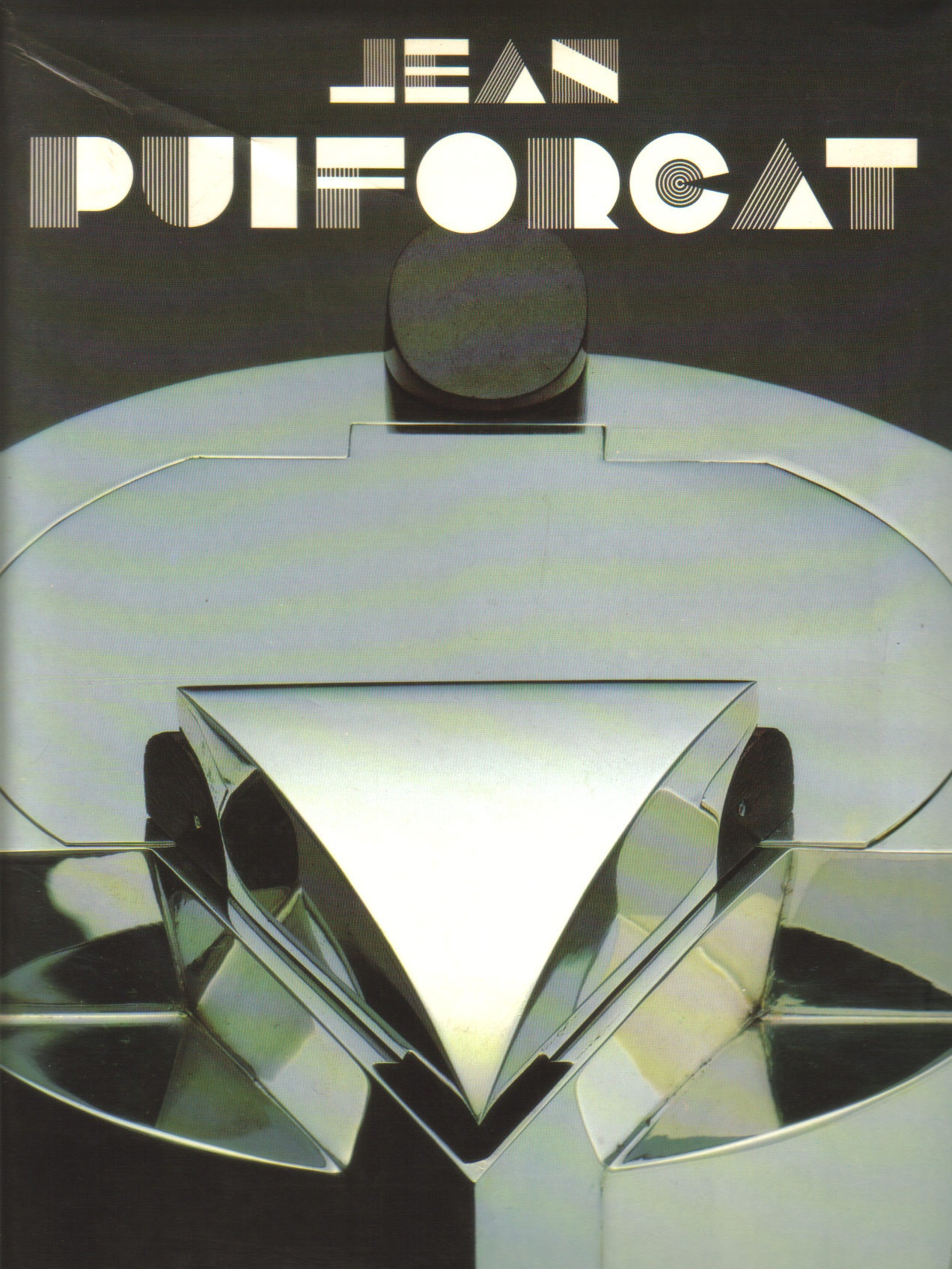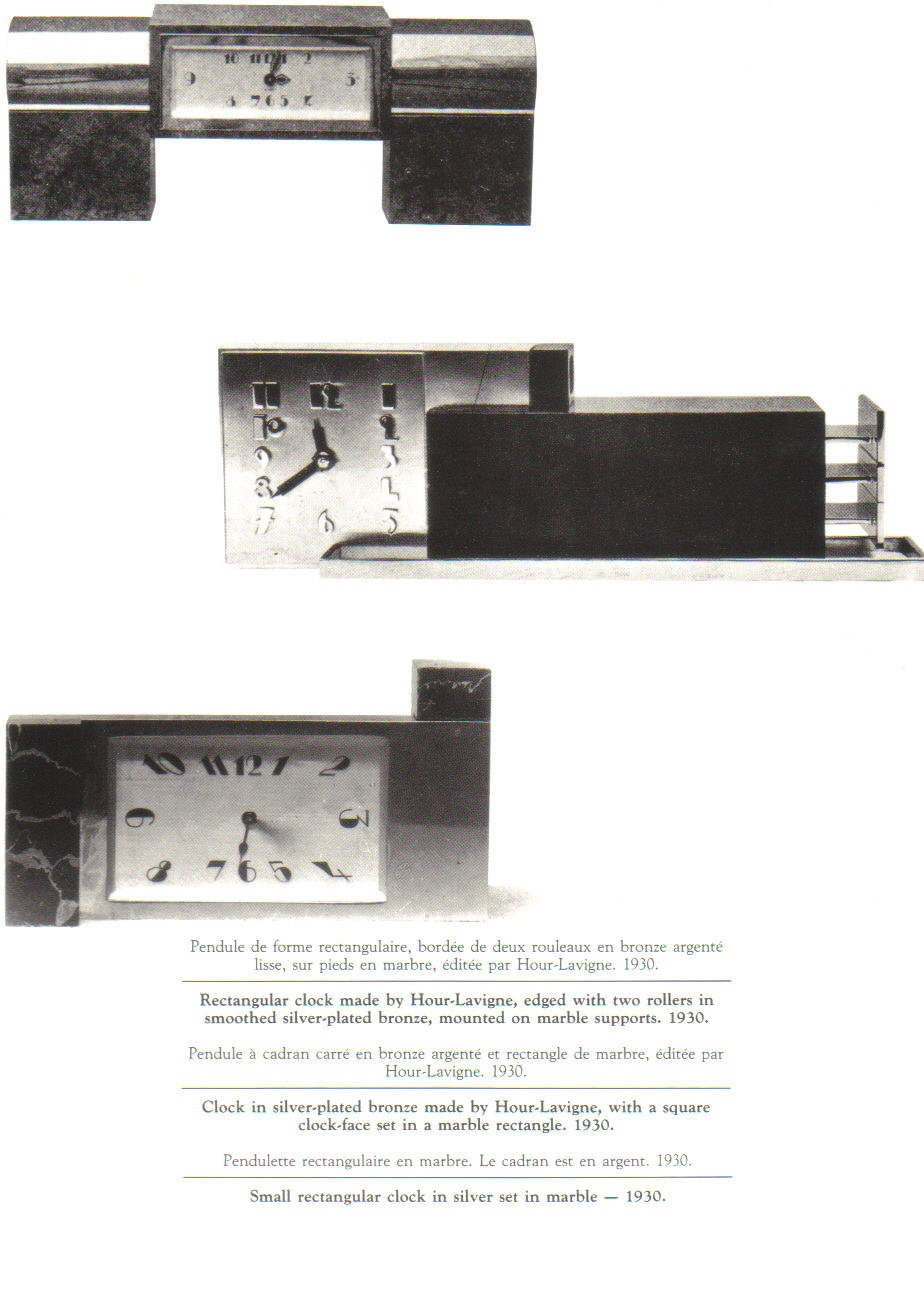The movement by Hour, La Vigne et Cie.
5 3/8 in (13.5 cm) high, 13 3/4 in (35 cm) wide, 3 1/8 in (7.8 cm) deep
Literature
Les Echos d’Art, September 1930, p.22
Françoise de Bonneville, Jean E. Puiforcat, 1986, p.311
Jean Puiforcat was the son of silversmith Louis Victor Puiforcat and entered the family business after serving with distinction in World War I. At the atelier he studied the collection of historical French silver from the 18th and 19th centuries amassed by his father. These earlier pieces offered him inspiration for new designs and innovations.
The success of German design at the 1910 Salon d’Automne served as a challenge to French craftsmen in the decorative arts. Puiforcat rose to the challenge, adapting simple forms with little or no foliate or floral design, and angular pieces based on new designs in furniture. His work reflects the Art Deco aesthetic and many pieces incorporate wood or semiprecious stones. Such pieces brought him great success at the 1925 Exposition Internationale des Arts Décoratifs et Industriels Modernes.
In the late 1920s, Puiforcat dedicated himself to mathematics and the ‘golden section’. This allowed him to create ‘perfect, precisely calculated and spare geometric volumes’, of which this rare clock is an example (Gail S. Davidson, ‘Perfection: Jean E. Puiforcat’s designs for silver’, Magazine Antiques, January 2003). Defending his use of mathematics, he asserted that his designs were conceived in his imagination and worked out before applying any formulas. In 1929, Puiforcat became a founding member of the Union des Artistes Modernes, an avant-garde design organisation. That same year he moved his family out of Paris to Saint-Jean-de-Luz where he continued his work.
Part of the genius of Puiforcat’s work lies in his ability to take a spare design and infuse it with emotion and visual excitement. This is achieved here by the rich texture of the contoured marble and nickel-plated surfaces of the clock. In the words he wrote to Fleury, ‘I continue to think that the circle, which explains the entire world, is the ideal figure, and the curve, which approaches it, is more noble than the straight line, but one must not abuse it’ (Davidson, ibid.). Works by Puiforcat exhibited at the 1937 Exposition Internationale des Arts et Techniques exemplify his modernist aesthetic. Examples of his silver may be found in the Musée d’Orsay, Musée des Beaux-Arts de Montréal, Dallas Museum of Art, Minneapolis Institute of Arts and the Philadelphia Museum of Art.


















